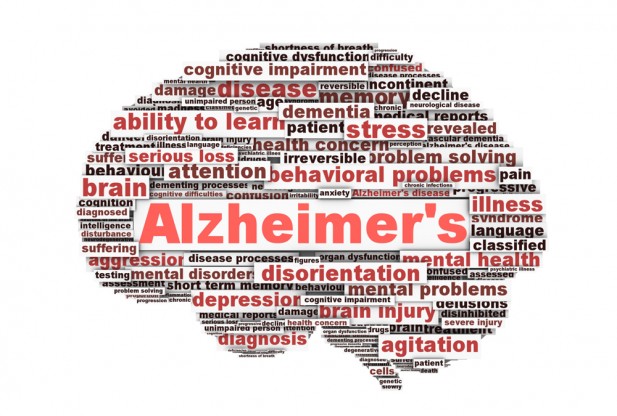By Jacquelin Peck, MD, and Omar Viswanath, MD
ABSTRACT
Optimal management of chronic pain is complex and often daunting. In the pediatric and adolescent population, care-givers face additional biases in the face of youth and perceived states of health, which compounds this challenge and frequently leads to dismissal or under-treatment of chronic pain complaints. One study reports that approximately 20-35% of young adults experienced chronic pain during childhood or adolescence that was ‘dismissed’ by parents, teachers, or physicians.1 This study also draws connections to several patient-reported, negative, long-term effects including self-directed negativity and isolation.1 It is, therefore, important to consider the potential roots of this problem to strive future improvements in care. As young physicians, we suggest that our perceptions of a patient’s chronological age and state of apparent health biases us against acknowledging pain in the absence of an associated diagnosis, and therefore education and training are needed to improve patient care.




Leave A Comment